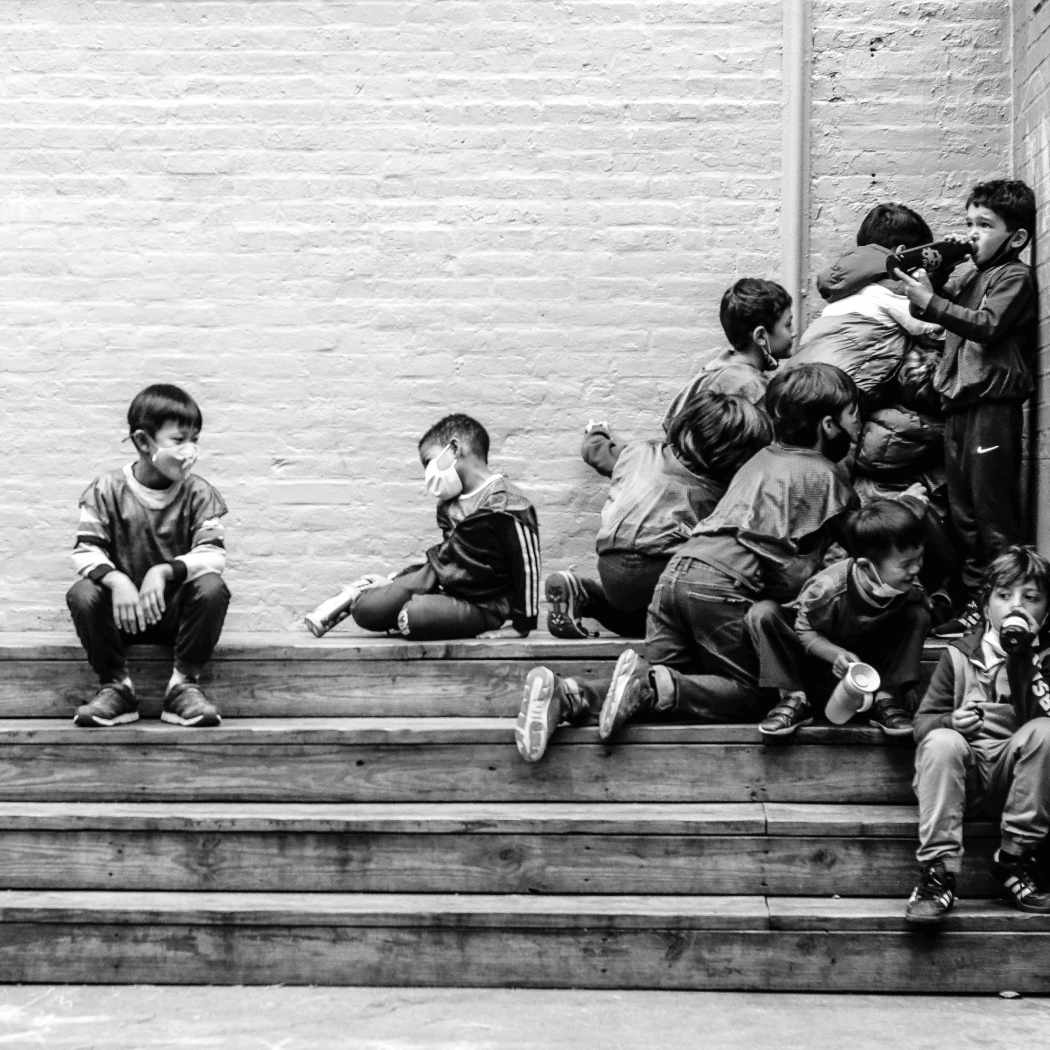Wealth
Creating
Opportunities
for All

Reducing the Wealth Gap at Birth
Baby Bonds are savings accounts that would be provided to children at birth. The accounts would be seeded with public contributions, and families with lower incomes would receive larger contributions. At age 18, young people could access the funds and use them for post-secondary education, starting a business, purchasing a home, or providing economic security at retirement.
Ideally, this policy would be paired with a guaranteed income (as discussed here.) It is difficult to use money towards the wealth-generating endeavors listed above when your family can’t pay for basic necessities like food, utilities, or rent. In the absence of a guaranteed income, there is a legitimate question as to whether there should be any restrictions on how Baby Bond monies are spent.
Increasing Opportunities to Create Wealth
Homeownership: Because homes are the primary asset among U.S. households in the bottom 50 percent for wealth, inequalities in access to homeownership must be addressed. We can expand existing programs offered through California’s Housing Finance Agency (CalHFA) that offer loans and down payment assistance to lower-income, first-time homebuyers. If these programs cannot get the job done, other approaches include expanding existing self-help housing plans like Habitat for Humanity, exploring a state-sponsored shared equity program for first-time homebuyers, and changing zoning to reduce racial and economic segregation, thereby opening up new opportunities to build wealth among people of color.
Business opportunities: We must reduce barriers to entrepreneurship and small business ownership via seed grants and low-interest loans for small businesses headed by low-income individuals; grant and loan programs for microentrepreneurs; rent relief for very small businesses; and training and technical assistance to help new or small business owners develop successful business plans, navigate legal requirements, and access available public and private resources.
Eliminating Disincentives
Safety net: Some safety net programs have “asset tests” that limit eligibility to households that fall under an absurdly low level of assets. To qualify, households must sell or spend down virtually all savings or other assets, leaving them with no financial reserves to cover essentials like transportation, childcare, or coping with the next emergency. By eliminating asset tests, we remove a disincentive to build assets and also simplify eligibility requirements. Although California has removed or reduced asset tests in most safety net programs, one is still applied in CalWORKs.
Financial services: Because many low-income individuals lack bank accounts and sufficient cash, they rely on “fringe” financial services such as check cashing services, payday lenders, and some fintech apps that charge predatory fees and interest rates. Likewise, some tax preparation services overcharge clients seeking assistance in filing for refundable tax credits. These predatory fees and interest rates can be eliminated by strengthening and enforcing consumer protection laws, and providing direct access to banking services through a state or federal public bank (such as California’s proposed CalAccount or the proposed U.S. Postal Service bank).
Tax system: When low-income individuals claim refundable tax credits, their refunds can be intercepted by the state to cover some types of debts such as state tax debt, fees owed for parking citations, and child support to reimburse state CalWORKs expenditures. This is an opportunity to extend grace to those who are struggling and show that the tax system does more than provide tax breaks and credits to the ultra-rich.
These are all important first steps towards a truly inclusive economy that offers every person—regardless of race, gender, zip code, or the family one is born into—the chance to build long-term financial stability they can pass along to future generations.
Read our paper with the Stanford Center on Poverty & Inequality!
A Roadmap to An Inclusive Economy



